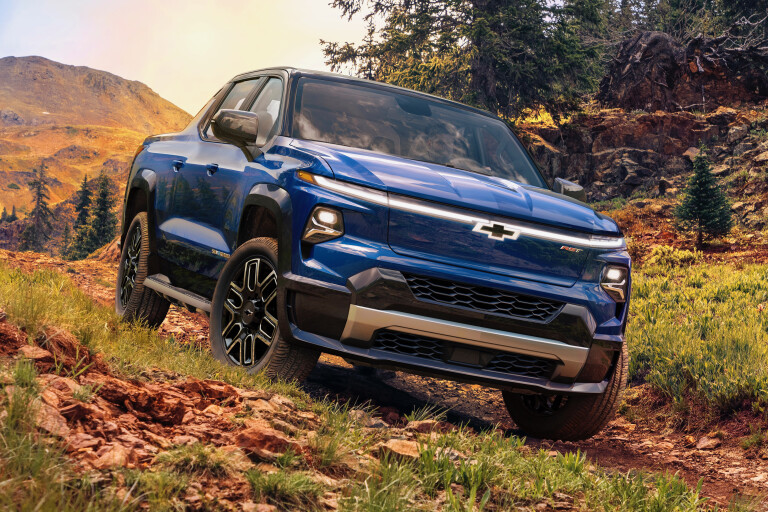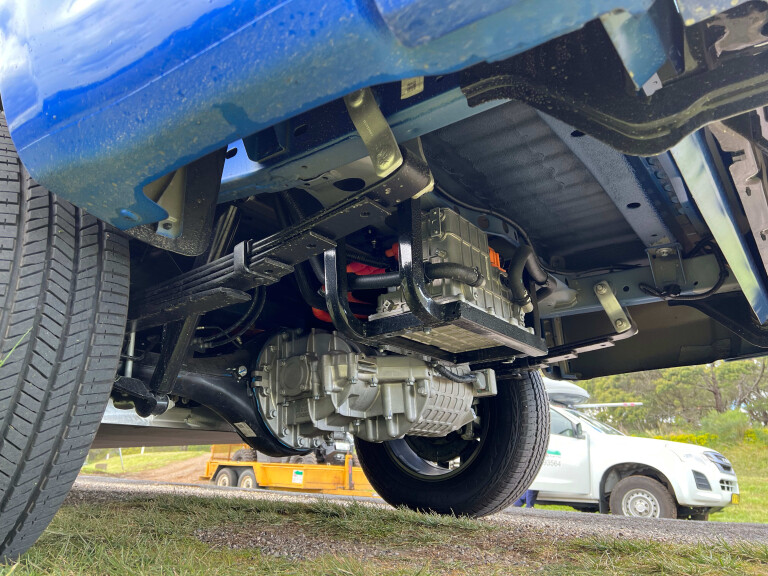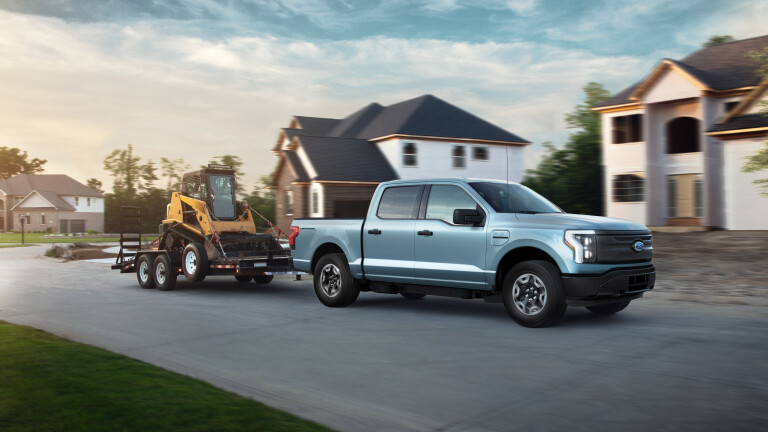
In my last column I addressed the concern about the future availability of diesel and petrol fuels. The conclusion: there’s no need to panic! Both will be available for decades to come. No question about it.
Next concern? Are we about to be swamped with EVs? Well, yes, they are coming, but probably not nearly as quickly as you may think. And is it a bad thing anyway?
The take-up rate of EVs will depend on many things, but much comes down to future political decisions both in Australia and more significantly globally. The total ban on the sale of diesel and petrol cars flagged for 2030 or thereabouts that would leave no option but to buy an EV, may happen in some smaller European countries and perhaps some individual states of the USA, but elsewhere in the world this is more political grandstanding than anything else at this point in time.
Right now, EV sales in Australia are enjoying a huge increase in popularity (a 500 per cent year-on-year increase by most recent figures) off the arrival of new EV models, but are still just 2.8 per cent of the combined passenger, SUV and light commercial vehicle markets.
Hybrids, including plug-ins, are nearly three times more popular than EVs and account for 8.3 per cent of sales, while the overwhelming new-car preference is still for petrol (53.7 per cent) and diesel (35.3 per cent).

Somewhat misleadingly, the Federal Chamber of Automotive Industries, the peak body representing the car industry here in Australia, lumps hybrids in with EVs when referring to ‘electrified vehicle’ sales.
The fact of the matter is that the popular hybrids (largely from Toyota) may be ‘electrified’ in as much as they have an electric motor to supplement their petrol engine but they are still 100 per cent a petrol-consuming car, as the only way to put external energy in them is by filling the fuel tank with petrol. The electrical component of these hybrid systems simply recycles some of the petrol’s energy and therefore makes the car more petrol efficient.
The growth in EV sales off this very low base will be slowed by many things, not least the fact that EV options for buyers are non-existent or limited in popular market sectors.
Right now, for example, utes lead the new-car market but if you want an electric ute, there’s nothing available until the Chinese-brand LDV eT60 arrives. And you’ll certainly be waiting for a very long time for an all-electric LandCruiser or Prado.

Everything also depends on the current global supply chain problems being resolved, so while a particular vehicle might be theoretically available, landing the same in your garage may still be a problem.
The sales traffic from petrol and diesel cars to EVs may also not be all one way. In the USA, a survey last year suggests that 20 per cent of first-time EV buyers wanted to switch back to a petrol car for their next purchase generally citing slow charging, access to charge points and the inconvenience of roadside EV charging stations as the main dissatisfaction issues. The growth of EV sales in Europe also appears to be slowing and is still only really strong in those markets with EV financial subsidies.
While EVs have an obvious appeal to so-called ‘early adopters’ and ‘green minded’ buyers, many potential buyers still see EVs as a big leap into the unknown after only ever owning and driving petrol or diesel cars.

And what if we are swamped with EVs anyway? There’s much to like about them, not least their powertrain simplicity, low maintenance and torquey power delivery.
The tediously slow charging of battery EVs is the killer of course but this becomes a non-issue for most daily driving regimes if you can charge your EV at home in its garage or suitable off-street parking spot when it’s sitting around anyway not doing anything. That means you’re not effectively waiting for it to be charged as typically it will be charged overnight, nor will you have to visit a public charger unless you exceed the battery’s range.
If you do then all depends on the successful rollout of public EV charging infrastructure. Things seem to be going okay with this right now but if EV sales ramp up quickly the infrastructure will come under pressure unless its rollout also ramps up. And quickly.
The essential problem is that the slow charging times of battery EVs means you need many more charging points than you need fuel pumps to cater for the same number of petrol or diesel cars.

COMMENTS